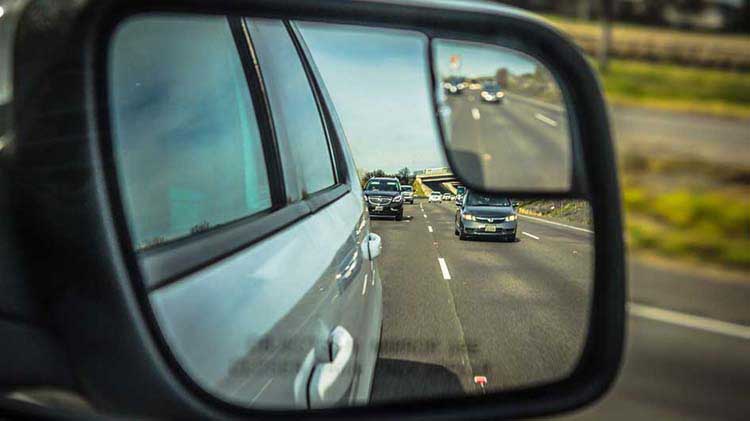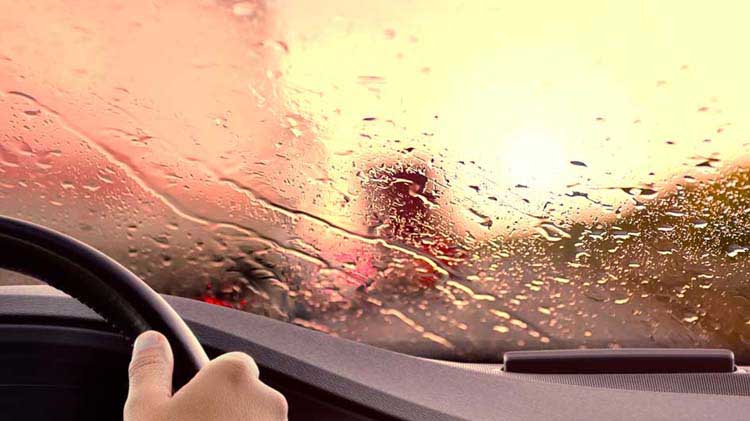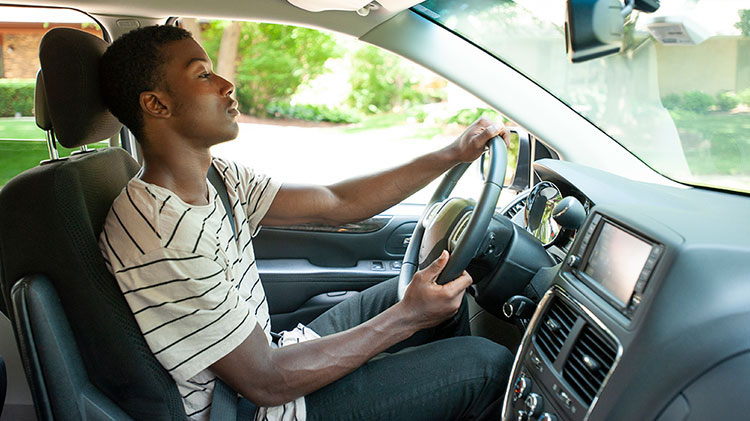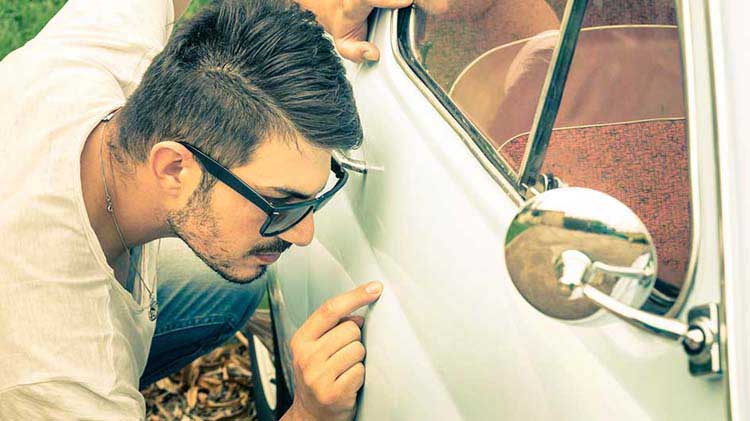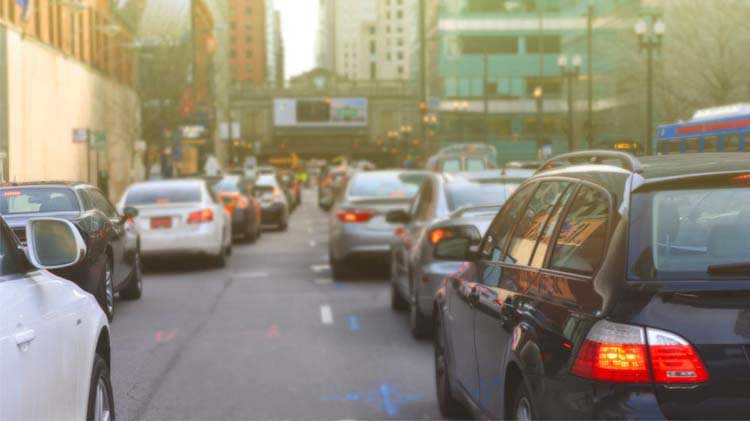Ways to make your traffic merging safer on roads
Travelers can drive defensively and take precautions to prevent merging collisions.
What steps can you take to prevent merging collisions?
It's not a good idea to make assumptions about what other drivers will or won't do. Those assumptions might cause a driver to be caught off guard when the unexpected happens. Drivers who are entering, exiting or changing lanes on busy roadways should never assume other motorists will make room for them to merge.
For these reasons, motorists should drive defensively and take precautions when passing vehicles to prevent merging collisions. And CDL drivers or drivers towing a trailer, remember the extra weight makes it harder to stop.
Here are 10 ways to merge safely:
- Adjust your speed to match the flow of traffic before entering the roadway.
- Yield to drivers on the freeway, but avoid stopping unless absolutely necessary.
- Find a three to four-second gap in traffic to merge. And be looking for the vehicle you want to be behind.
- Check for cars around your vehicle before entering a lane. And remember to check your blind spot. Your mirrors will only reflect where they are aimed. So be sure to actually turn your head to see if the way is clear.
- Use your turn signals early, a recommended 100 to 300 feet before merging or changing lanes.
- Wait for the solid line to end before merging. A solid line indicates that lane changes are prohibited.
- Cross one lane of traffic at a time.
- Be prepared for your exit, and maneuver into the far-right lane as you approach it.
- In general, keep up with the speed of traffic until you exit. However, it's important to adjust your speed depending on the weather conditions and the design of the exit ramp.
- If you must pass a vehicle, pass on the left and return to your lane once the vehicle is visible in your rearview mirror. Increase this distance when passing larger vehicles. If you're driving a commercial vehicle, be sure to check your side mirrors and blind-spot mirrors as some commercial vehicles don't have a rearview mirror.
Changing lanes properly can greatly reduce the risk of crashes, fatalities and injuries on the road. Driving safety also means becoming familiar with the laws in your state, such as lane change restrictions at intersections, on bridges and in no passing zones. Check with your state's driver licensing agency for additional information and learn more about safe driving.
Zipper merge
Road work or accidents may require lane closures. When you encounter lane closures, you may need to get into a new lane or allow others to get into your lane. Zipper merging is considered to be a best practice by the Federal Highway Administration and a safe way to handle lane closures. Zipper merging is when drivers use both lanes of traffic until they reach the defined merge area and then alternate into the open lane in a zipper fashion. A zipper merge reduces unexpected and dangerous lane switching as well as traffic backup.
